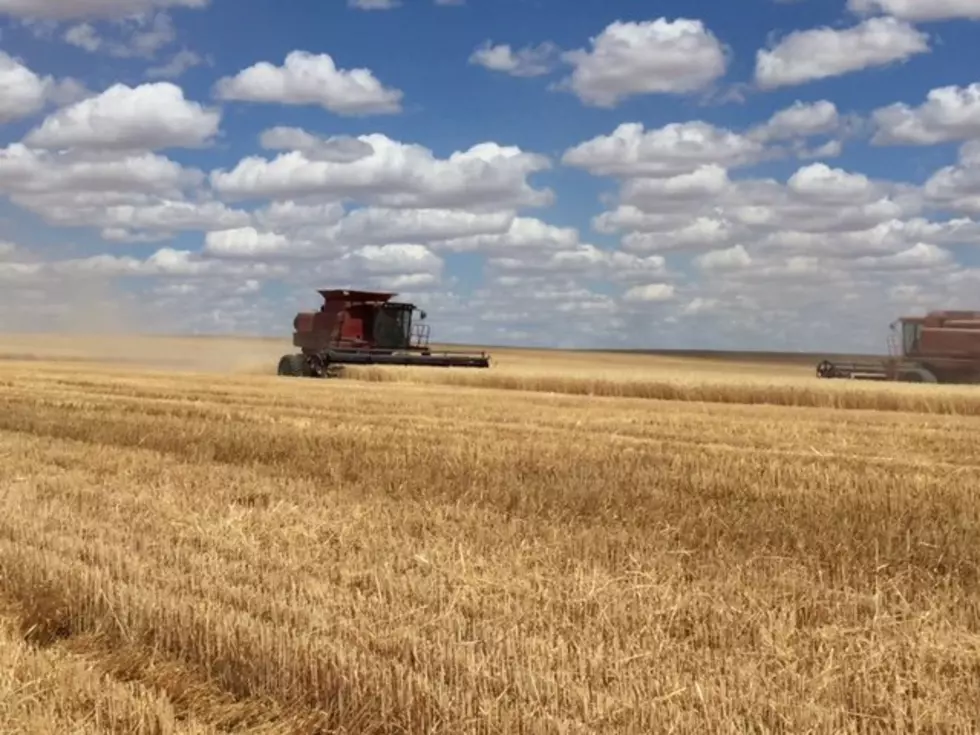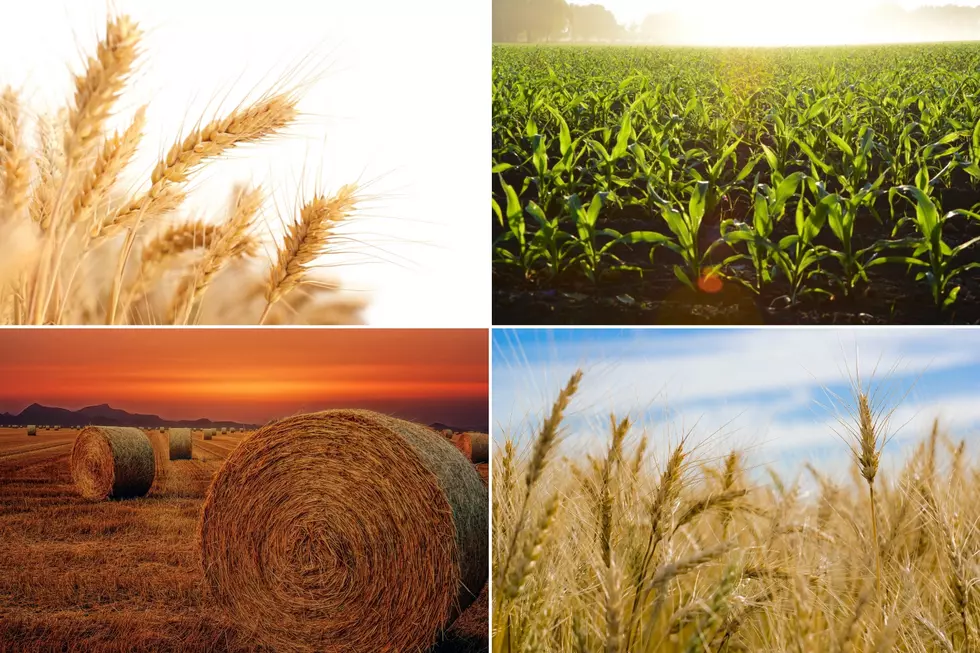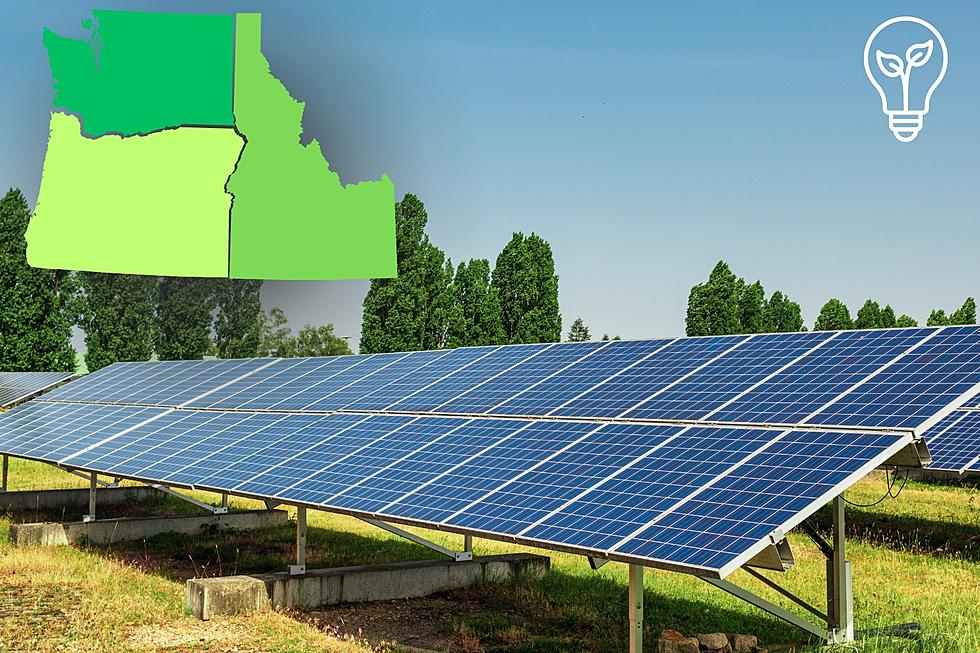
Hurst Marchant Does Not Expect Input Costs To Improve In New Year
Looking back on 2022, there were many challenges for wheat growers. While weather threw growers a few curveballs throughout the year, one of, if not the biggest challenge was input costs. USDA numbers show fuel and fertilizer prices increased by roughly 50% this year, with that rate being much higher in early 2022. And Britany Hurst Marchant, Executive Director of the Idaho Wheat Commission is not optimistic that input costs will come down in the New Year.
"Inflation is still high prices are still high there's still a lot of volatility around the world especially out of the Black Sea region. We are still struggling with supply chain issues from the pandemic. So, I don't see those input costs going down in 2023.”
Hurst Marchant added despite the risk year in and year out, farmers continue to farm.
“Wheat prices were higher but input costs were also much, much higher. So, until you put you really put pencil to paper, you don't know if you've broken even, even though wheat prices were high because those input costs were so high. So a lot of risk for farmers this year and that will continue in 2023.”
Despite the challenges, 2022 was a good year for Idaho wheat growers, on the production side. Roughly 94 million bushels of wheat were harvested, which is slightly below the five-year average.
If you have a story idea for the PNW Ag Network, call (509) 547-9791, or e-mail glenn.vaagen@townsquaremedia.com
More From PNW Ag Network









